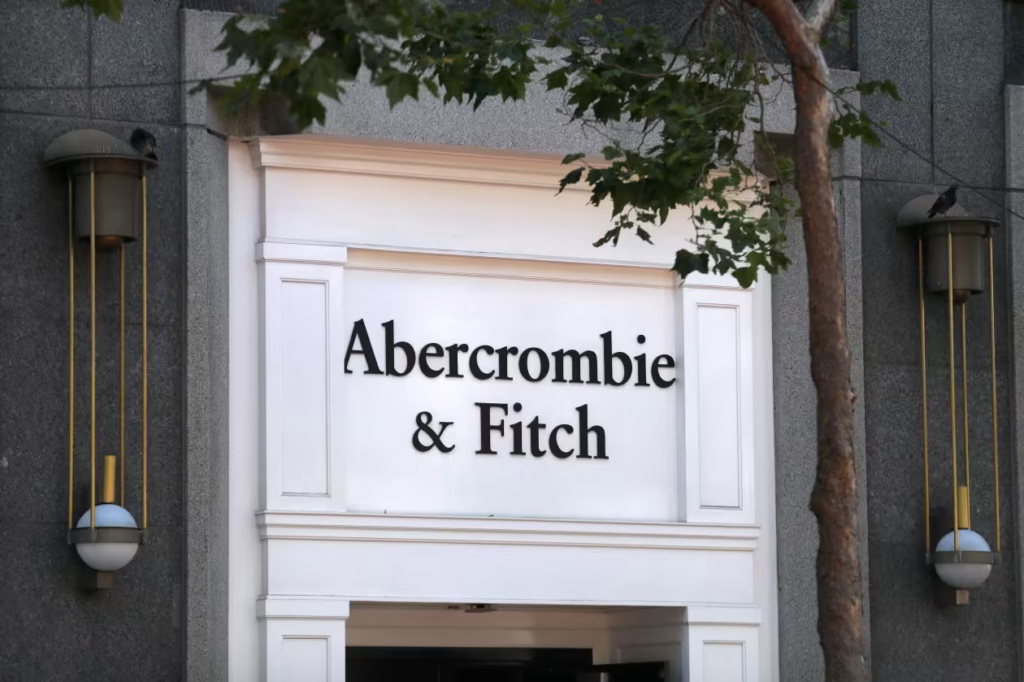Abercrombie & Fitch Co.’s stock recovered a portion of its annual losses on Wednesday as the retailer’s better-than-expected results were driven by a significant increase in sales of its more reasonably priced Hollister teen and college apparel line.
Additionally, the company increased its forecast for full-year sales growth but decreased its forecast for profits, indicating that it will bear part of the burden of tariffs.
In afternoon trading, Abercrombie’s shares (ANF) surged 15%.
In addition to reiterating his strong buy recommendation for Abercrombie & Fitch’s stock, CFRA analyst Zachary Warring stated that the firm’s shares “remain undervalued even after the 25% increase, and we believe the company is well positioned to outperform peers and return significant capital.”
The stock had risen 26% earlier in the day, the largest one-day gain in the last two years. Through Tuesday, the stock had fallen 48.4% in 2025 after rising more than 550% in the two years prior.
The fiscal first-quarter net income of Abercrombie & Fitch was $80.4 million, a 29.4% decrease from the previous year, but the company’s earnings per share of $1.59 above the FactSet consensus expectation of $1.36 per share.
Sales of the Hollister brand increased 22.3% to $549.4 million, while Abercrombie sales decreased 4.1% to $547.9 million, causing net sales to rise 8% to a record level for the first quarter of $1.1 billion, ahead of the analyst projection of $1.06 billion.
Sales of Hollister are expected to remain strong, “driven by fleece, by jeans, by skirts,” according to Abercrombie & Fitch.
According to Chief Executive Fran Horowitz, “We obviously expect to continue to see…Hollister grow throughout the year.”
In contrast to its earlier forecast of 3% to 5% growth, the company now projects a 3% to 6% increase in total net sales for the entire fiscal year 2025. However, the EPS outlook was reduced from a range of $10.40 to $11.40 to a range of $9.50 to $10.50.
According to the corporation, the advise takes into account the projected effects of the present 30% tax on Chinese imports and the 10% levy on all other imports. A $50 million tariff expense is also included in the earnings estimate.





